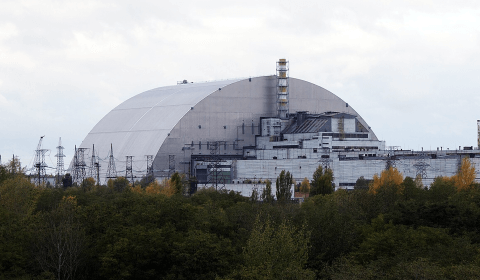The energy company has announced plans to increase prices by October, just in time for the winter period.
Summer in the UK feels like it left as quickly as it arrived. In what seemed like a blink of an eye the leaves are falling, Halloween memorabilia is filling supermarket shelves, and coats are sneaking back into rotation. Spooky season is officially upon us.
And it seems UK energy supplier Ofgem got the memo. They’ve already announced another hike in average household energy bills this October, just in time for the cold winter period.
The average annual energy bill is set to rise by 10%, pushing the typical cost to £1,717. This might be below the eye-watering peaks of last year, but it’s a bitter pill to swallow for households that have already been battered by inflation, stagnant wages, and the lingering impact of the cost-of-living crisis.
To no surprise, the news hasn’t thrilled the British public. After speaking to BBC news about the new price caps, chief executive Jonathan Brearley faced backlash on social media. Accusations followed the same narrative: that regulators like Ofgem are more focused on protecting company profits than the well-being of consumers.
For a growing number of people, the energy market feels rigged – a system designed to ensure corporate profit margins remain fat, while consumers are left to pick up the tab.
‘What is Ofgem for? To protect customers? It doesn’t do a thing to help people. Why doesn’t it challenge that huge profit? Fuel is a necessity and should be a service not used to create personal wealth,’ said one disgruntled user on X.
And the price increase is certainly timely. After a summer where the government and energy companies had loudly proclaimed their efforts to help households, the latest rise feels like a slap in the face.
This isn’t Ofgem’s first round of criticism, either. The regulator has faced repeated calls for reform, with critics arguing that it has failed to balance the interests of consumers and energy firms.
Ofgem’s price cap mechanism, introduced in 2019 to prevent companies from overcharging customers on standard variable tariffs, was initially seen as a much-needed intervention. But in the face of global energy price volatility, it now appears to have become a vehicle for passing the costs directly to consumers.




















